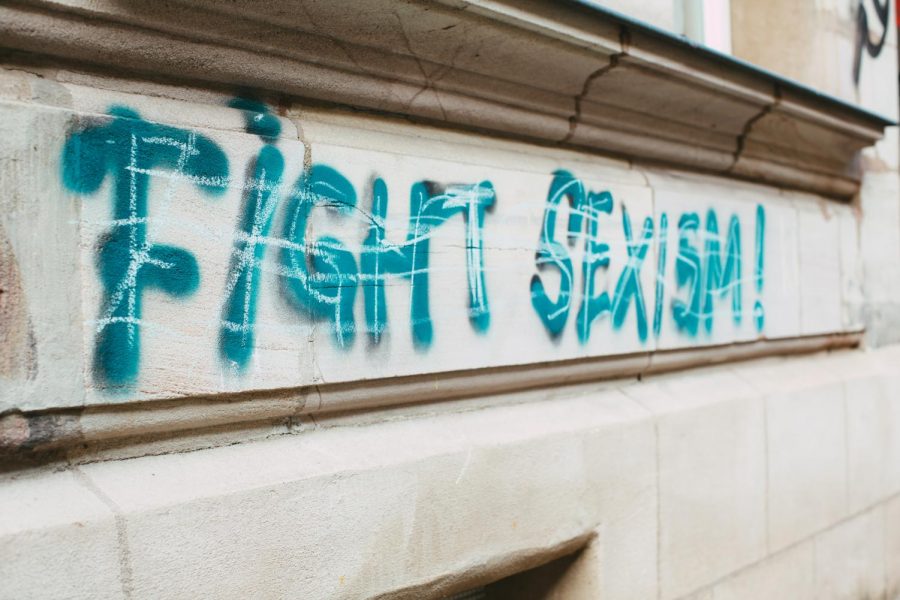Let’s Talk Women
The textbook definition of feminism states, “the advocacy of women’s rights on the basis of the equality of the sexes” but why does the word have such a negative connotation in society?
Feminism does have a lot of controversy, since some people see the ideology as empowering while others view it as a restrictive mindset. The struggle for equality has been persistent, expanding over many years, but it is far from over. Feminism can clearly be seen in four major waves, each bringing significant change with it.
The Four Waves of Feminism
The earliest origins of feminism were rooted in Ancient Greece, starting with the fight for basic human acknowledgement of women. As time progressed, the struggle for equality brought major changes into society.
The first wave took place between the nineteenth to early twentieth centuries, rising up through urban industrialism. While it started as a struggle for women’s suffrage, it also spread the idea that women had just as much to contribute. The women’s suffrage went hand in hand with the abolitionists, giving them a more amplified voice. Many refused to accept these ideologies, calling supporters “unladylike” and proving that they were undermining the values of the “cult of domesticity”. Even though the 19th amendment was passed, giving American women the ability to vote, the fight for equality was far from over.
The second wave started in the 1960’s and carried on until the 1990’s. World War II had ended, the civil rights movement was well underway, and women protested for reproduction rights and sexuality. Voices become more radical as more minority groups joined the struggle for basic rights. The phrase, “Women’s struggle is a class struggle’ rang out as many others got inspired to stand up to their oppressors. While the first wave focused on cis, white women, the second wave brought forth people from all spectrums.
The third wave kicked off in the 1990’s and lasted until the 2010’s. Many stereotypes against women were overthrown, and beauty was defined as an action for themselves. Men got called out on hypersexualizing women, and beauty standards expanded into more inclusive terms. Even though women were still fighting for equal acceptance, they stopped identifying themselves as “feminists”, since the word was seen as too confining. During this wave, many previously derogatory terms became used by many women as a way of fighting back. Third wave feminism was seen as a symbol of breaking previously exclusionary boundaries.
The fourth wave is currently ongoing from when it started in the 2010s. Fourth wave feminists are still advocating for equal pay and rights; but this time, many are learning to embrace the word feminist. Discussing rape, abuse, work conditions and other issues are acceptable and no longer considered “extreme”. So many women are coming to the public about their assault cases, (#MeToo movement) and are not afraid to stand up for themselves. There are also a lot of women in leadership positions, paving the path for a brighter future. The biggest change in fourth wave feminism is that men and women can identify themselves as feminists and advocate for issues. It has become socially acceptable to talk about being a feminist and finding ways to help.
How can you have a better attitude?
So, feminism does mean equality for both men and women. The endeavor for a better lifestyle has been a long one, spanning over centuries, but there are many issues that still need to be addressed. Being respectful towards others and having an open mind can go a long way when empowering women. While it had been a restrictive term, even men can be feminists to support the movement. Even though there have been ups and downs, this movement has been thriving for a long while and the fight is far from over.


